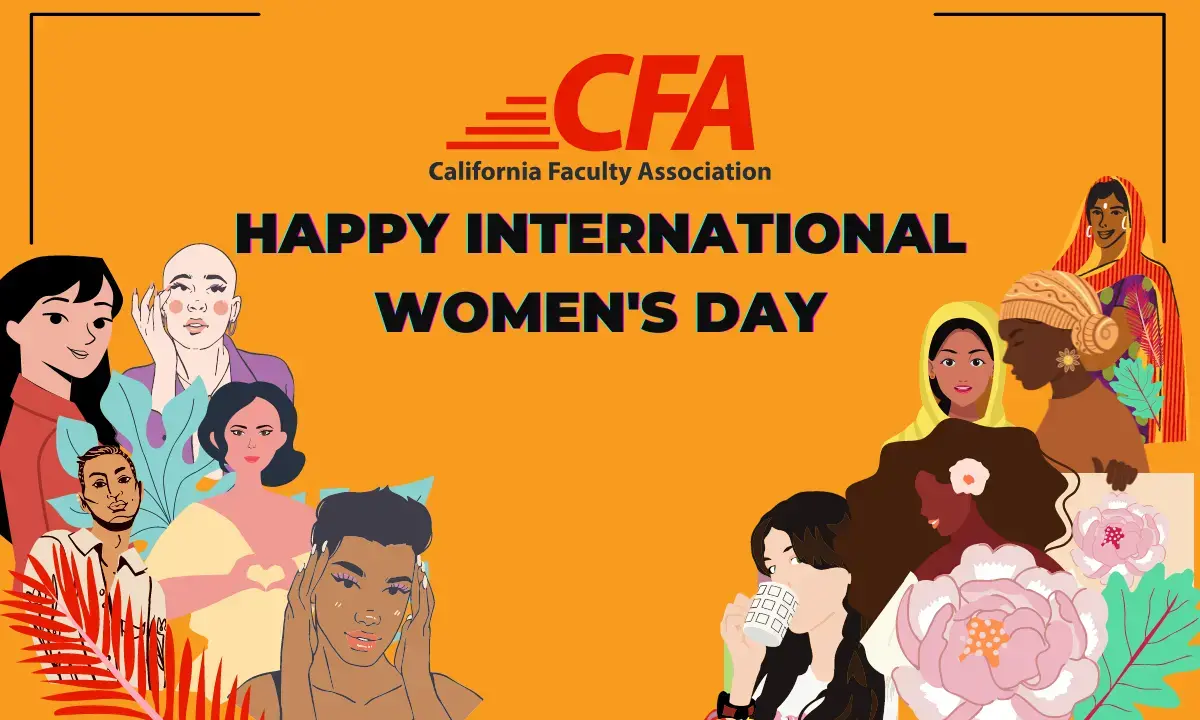Observing International Womxn’s Day
For 47 years, the world has observed International Womxn’s Day every year on March 8.

But this significant day has been celebrated widely for much longer – and for more radical reasons.
According to Time, “[t]he impetus for establishing an International Women’s day can be traced back to New York City in February 1908, when thousands of women who were garment workers went on strike and marched through the city to protest against their working conditions.”
Thus, National Women’s Day was born – and celebrated in the US for the first time on February 28, 1909. Who spearheaded it? The Socialist Party of America.
In our cis-heteropatriarchal society, the impact of womxn in labor often goes without proper celebration or, in most cases, goes missing from textbooks and from news organizations.
Womxn have played vital roles in organizing, unionizing, and inspiring workers in their collective fight for justice.
“Women’s History Month IS labor history. Women’s history IS social justice and racial equity,” said Lindsay Briggs, a CFA member activist and an associate professor of public health at Chico State. “CFA represents thousands of QTPOC [Queer and Trans People of Color] women in their struggle for equity and representation in our wider systems of academia, and that is why I celebrate with CFA.”
Additionally, the Zinn Education Project does an excellent job of highlighting the impactful role of womxn in labor, including Louise Boyle, Hattie Canty, May Chen, Dolores Huerta, and many others.
We encourage you to take some time this week to read about the many womxn who have impacted our labor movement from past to present.
Join California Faculty Association
Join thousands of instructional faculty, librarians, counselors, and coaches to protect academic freedom, faculty rights, safe workplaces, higher education, student learning, and fight for racial and social justice.